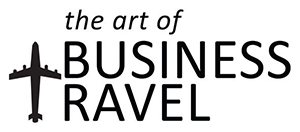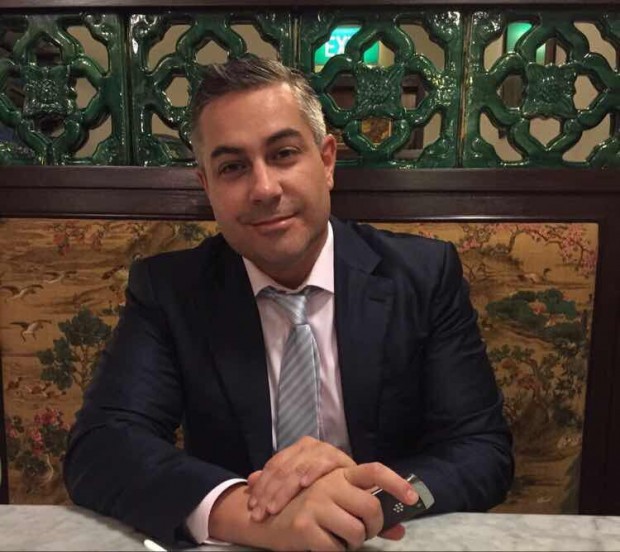
US-born Hayden Smith, a director for institutional business in the asset management industry, regularly travels throughout Asia and beyond from his adopted home of Hong Kong. He shares with us tricks to outrun jetlag, his travel quirks, and his passion for the Fragrant Harbour.
Where’s home?
Hong Kong
How many times do you travel each year? What proportion are work and play?
For the past two years, I have generally averaged one or two trips per week. Roughly 80% is for work, 20% for play.
What’s your biggest travel pet hate?
“Business” hotels that are presumably designed for business people, but not by business people. The kind of things you find in these places include electrical outlets far from bedside or hidden in corners (I shouldn’t have to crawl around on my hands and knees and/or rearrange furniture to recharge my iPhone within reach of the bed); no irons or ironing boards in the room; wrong style of hangers; room temperature and shower controls that don’t seem to work; and awkward showerheads that spray anywhere but where you want it.
What’s your favourite airline?
In Vietnam, VietJet (who doesn’t like bikini-clad flight attendants?) But seriously though, for anywhere in Asia and to the rest of the world it would be Cathay Pacific. Yes, a degree of home bias, but they also offer just the right mix of value, pragmatism, dependability, and utility to accommodate me to where I fly most.
How about a favourite airport?
For international arrivals and departures, I would say Singapore, although it’s also one of the worst if you have to transfer terminals. If I’m back in the US, Burbank Bob Hope Airport in California as it reminds me of the old Midwest airports where you could pretty much meet your family on the tarmac (pre-9/11). BUR is a relatively busy airport, but still with minor vestiges of what was great about airports before 9/11.
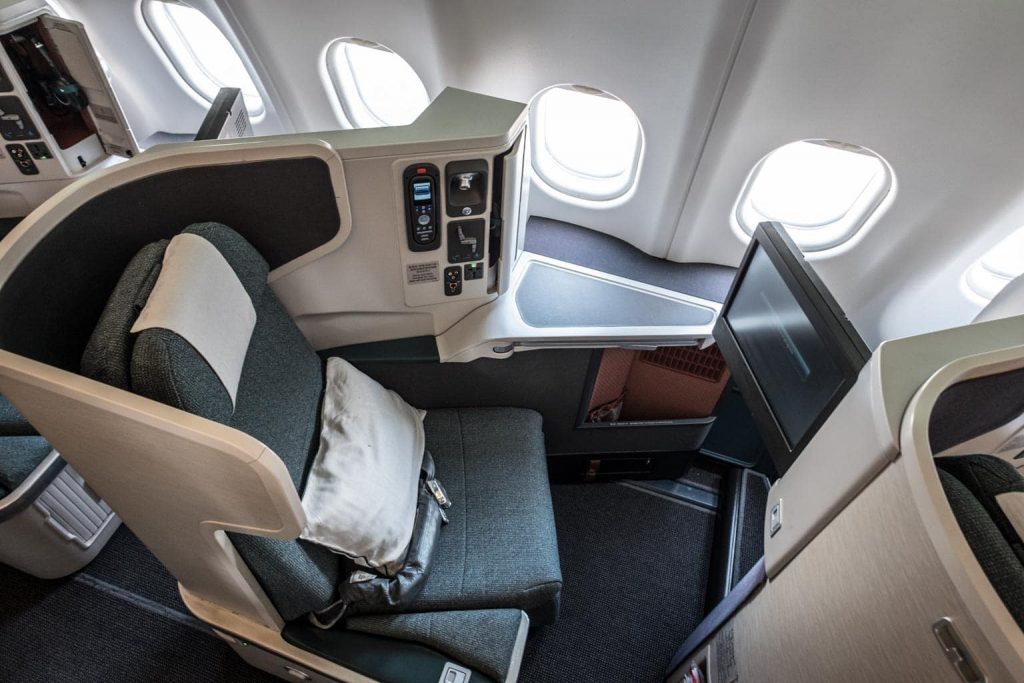
Who has Asia-Pacific’s best business class product?
In general, Singapore Airlines is aesthetically superior to CX, but their loyalty/upgrade program is spartan at best. Again, CX offers the right mix of value, pragmatism, dependability, and utility (read our recent review here). The 777 business cubicles are pretty much the first class of 6 years ago, though can sometimes get a bit warm during sleep on long-hauls (limited airflow) so I often have to ask flight attendants to turn down the cabin temperature.
Tell us about your most recent flight.
Cathay Pacific HKG-SIN-HKG – a flight I’ve generally done about 2-4 times a month for the past two years. About as straightforward as it gets.
How can we be better air travellers?
Be nice to flight attendants and, if you have any kind of food restriction, come prepared to be let down by the airline – even if you’ve ordered ahead. Oddly enough, I’d say nearly half of the time I see people get irritated, it’s because they want to be accommodated for something custom, usually their own dietary restrictions, and the logistics required to do so don’t always allow it to happen.
Which loyalty programs do you belong to and what are your tier levels?
Marco Polo Club Diamond (which I use for all oneworld travel); Skypass (Korean Air); KrisFlyer (Singapore Airlines); Royal Orchid (Thai Airways); Rapid Rewards (Southwest Airlines) among others. I also belong to a slew of about eight hotel brands but I find it’s more difficult to be loyal to hotels.
How important are loyalty programs when it comes to making travel decisions?
I would like to say I’m agnostic to such things…but they really do mean a lot. A good loyalty program, coupled with good customer service, makes a traveller feel warm and fuzzy, even for the smallest gestures like a bottle of water or the staff remembering me from previous flights, through to the more robust services and add-ons that come with status.
How do you feel loyalty programs are changing and what should they be doing to maintain top tier customers?
Cathay’s recent switch to the more heavy weighting of revenue-based awarding is the appropriate move. While most of my regional travel is back-of-the-bus (so I can do more of it) it puts a heavier burden on my long-hauls for renewal. Therefore, I will have to make sure most of my long-hauls are also on CX.
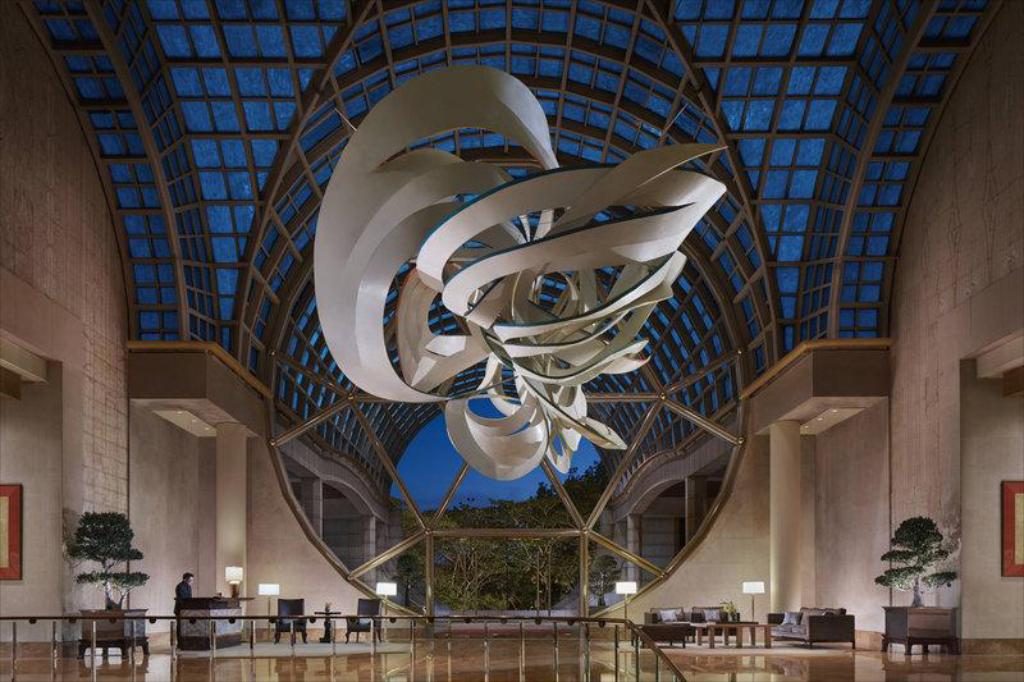
What’s your favourite hotel?
The Ritz Carlton Millennia Singapore (read our review here); full-length windows, unobstructed views, and electrical outlets conveniently located next to the bed.
What’s the last hotel you stayed in? How would you rate it?
Mandarin Oriental Singapore (3.8/5) It’s not a bad hotel and rather a nice hotel to stay at just for the pool, but watch out for the water feature in the lobby because if you’re not paying attention, it can lead to a painful, embarrassing situation when you fall in – I know! The location offers beautiful views but isn’t the most convenient. They do have a nice iron and ironing board in each of the rooms, and temperature and shower controls that are easy enough to figure out. However, they would deserve at least a 4.2 if the electrical outlets were anywhere near the beds.
What’s your worst ever hotel experience?
Many, but most stories would not appropriate for these pages…
Tell us some of your travel rituals
As much as I appreciate lounges, I value my time and my life. I, therefore, try to avoid spending any extra time at the airport if I can. Ideally, I want to arrive at the airport, go straight to the gate, and be the penultimate person to board the plane. Any earlier, and that means I spent too much time at the airport (that I could have spent doing anything else of value in my life). Any later, and I’m “that guy” that held up the plane.
What are we likely to find in your carry on?
In order of importance: Passport/APEC card, credit cards, two lithium batteries to recharge devices, and the requisite cords, travel adapter, a wad of relevant currencies, Bluetooth earbuds so cords don’t get tangled while I’m rushing to gates, and, if travelling out of Singapore, a pair of swim trunks to use at the pool in Terminal 1.
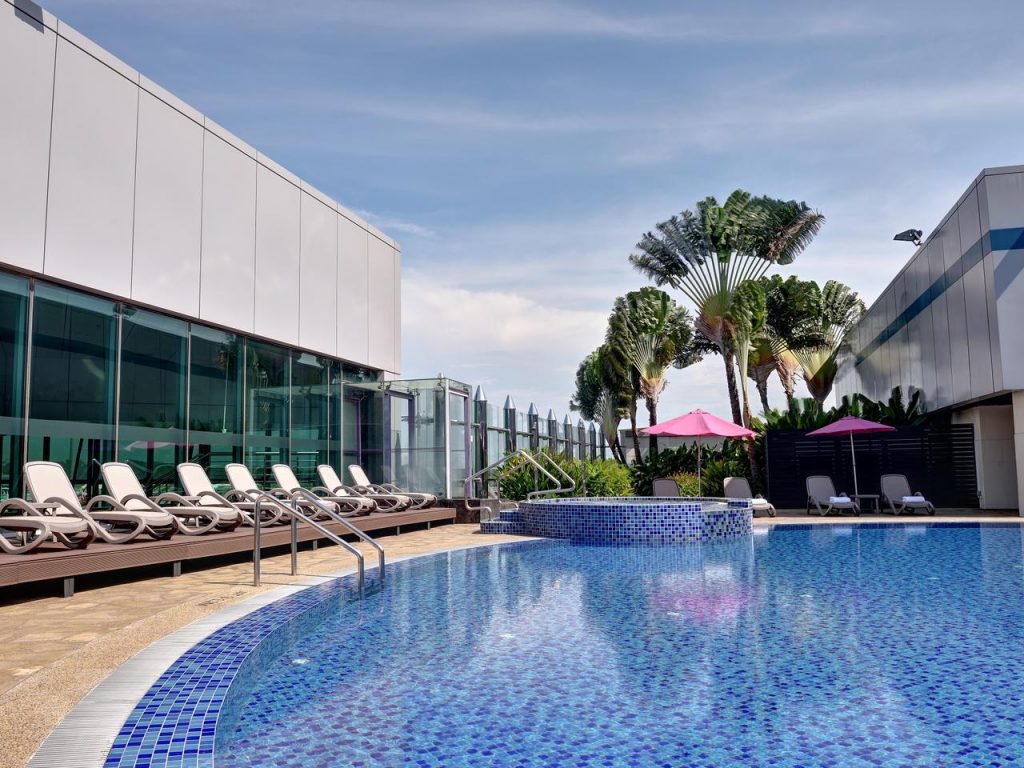
How important is technology when you travel? How do you use it?
When I’m travelling, I depend on apps tremendously. From my CX app to see my schedule, to maps, taxi/car service apps, hotel apps, even weather info. Also, WhatsApp and WeChat for communication. I pay up for data roaming to stay connected.
What’s your secret for handling jetlag?
Depending on flight direction and duration, I have a few secrets that work well for me: always time sleep on the plane for the timezone of your destination. As soon as you feel the pilot start descent from cruising altitude usually (50-70 mins before landing on long-hauls), go straight to the restroom to clean up – any later and it will be after the announcement and you’ll be stuck in a queue. I like to hit the ground running and don’t have time for jetlag, so sleeping pills are key – I can’t afford to waste time gambling on herbal remedies and the like.
What’s your favourite city in Asia Pacific? Give us three things business travellers can’t miss there.
So many great cities, it’s difficult to pick just one. From Tokyo to Shanghai to Bangkok to Mumbai and Jakarta to Singapore to Seoul – and everything in between – each has its own respective charm. However, I’d have to say that Hong Kong would go down as my favourite large city in Asia Pacific. Arguably the food and nightlife in Hong Kong are still at the top of the game in Asia Pacific. Sure, there are plenty of great places in Seoul, Singapore, Tokyo, Shanghai, and everywhere else, but I think the aggregate balance by depth and breadth of what HK offers is still higher than most other cities in the region.
Any business person coming through Hong Kong with an extra day or two to spare should spend at least one day in the city’s great outdoors. It takes more than just sitting in an office to appreciate that about 3/4 of Hong Kong’s area is countryside, with 24 country parks designated as conservation land. There are hundreds of trails on the islands and new territories, easily accessible by taxi, train, and ferry. You can even take a five-minute taxi to the Old Peak Road Trailhead, which ultimately connects to most of HK Island’s great trails.
Hong Kong is also the gateway to the greater Pearl River Delta (PRD) area and its numerous cities. A one-hour ferry ride will get you to the tables in Macau or the greenery of Zhuhai, or you can just pop over the HK-China border to Shenzhen, which barely 15 years ago was a sleepy fishing village, then a manufacturing hub, and now a growing cosmopolitan city. Within an hour are some of the largest and most beautiful golf courses you will experience and beyond that are the great sites of Guangdong Province.
How do you like to get around in a foreign city? Do you use car apps like Uber or do you prefer to go with taxis or public transport?
I often use the hotel car for most of my excursions in many cities. Otherwise, I use Uber and whatever the local taxi app might be. In Hong Kong, I prefer KuaiDi, while in China I would use a car hire and sometimes Uber. GrabTaxi is pivotal for Singapore and increasingly so for Manila. For personal trips, I don’t mind using public transport, but for work that can sometimes be just too hectic. Unless it’s Beijing and occasionally in Bangkok – sometimes the train system can be faster.
More Mile High Club Interviews…
TUMI’s Victor Sanz on Creating Travel-Friendly Bags
